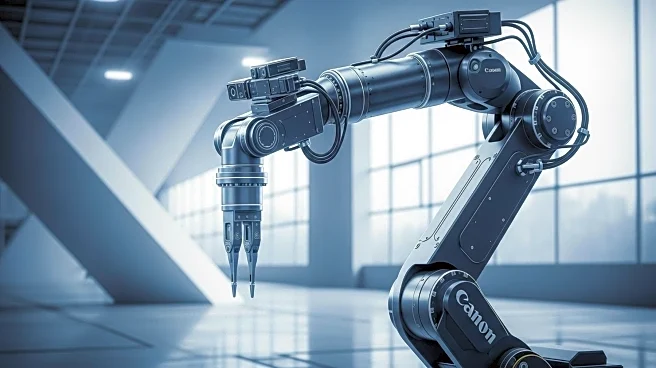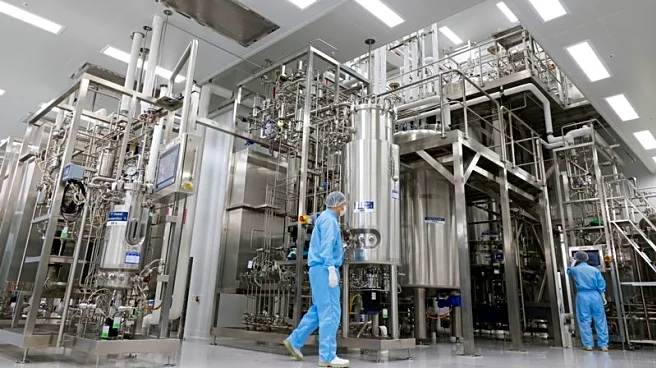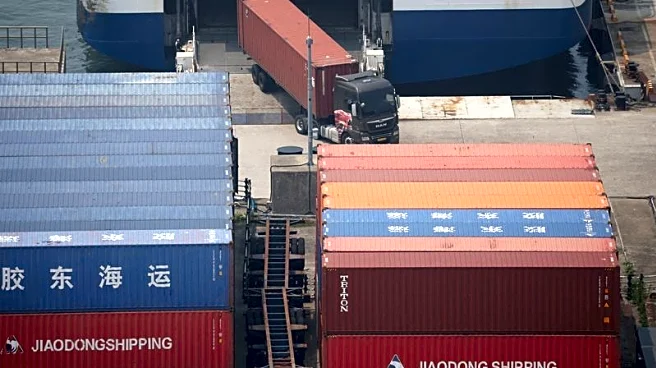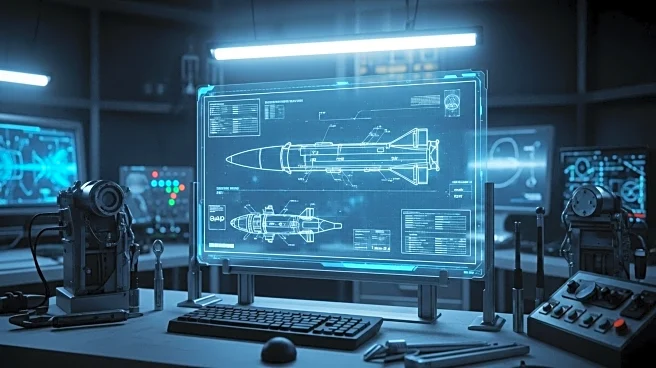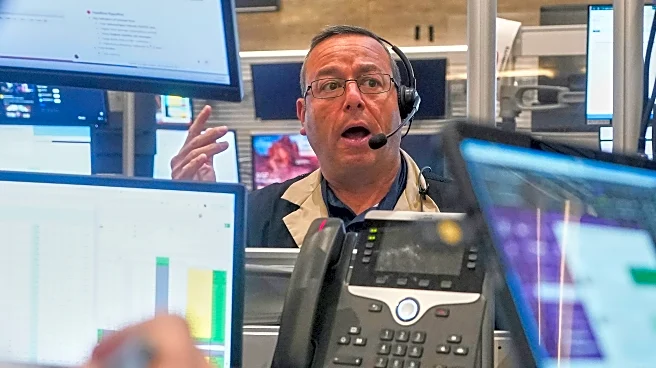What's Happening?
Xpanner has launched its X1 autonomy retrofit kit, designed to integrate physical AI into the construction industry. This system aims to address labor shortages, safety concerns, and operational inefficiencies by transforming existing construction machinery into software-defined machinery. The X1 kit is adaptable to various equipment brands and models, allowing for automation of complex tasks and reducing reliance on skilled labor. The system has proven effective in high-impact applications such as pile driving, where it has reduced labor needs by 80% and operation time by 50%. Xpanner's approach focuses on automating specific tasks rather than entire equipment, contributing to a comprehensive automation of construction workflows. The company, founded in South Korea and expanded to the U.S. in 2023, is positioned to lead the transformation in construction site automation.
Why It's Important?
The introduction of Xpanner's X1 kit is significant for the construction industry, which faces challenges such as labor shortages and the need for increased efficiency. By automating complex tasks, the kit can significantly reduce costs and improve productivity, making construction projects faster and more efficient. This development could lead to a shift in how construction sites operate, potentially reducing the need for highly skilled labor and increasing safety by minimizing human involvement in hazardous tasks. The broader adoption of such technology could also drive innovation in construction methods and project management, influencing industry standards and practices.
What's Next?
Xpanner plans to extend the use of its X1 kit to additional machinery beyond pile drivers, potentially broadening its impact across the construction industry. The company is also participating in RoboBusiness 2025, where it will showcase its technology and engage with industry experts. This event could provide opportunities for partnerships and collaborations, further advancing the adoption of physical AI in construction. As the industry adapts to these technological advancements, stakeholders may need to consider new training programs for workers and adjustments in regulatory frameworks to accommodate automated processes.
Beyond the Headlines
The deployment of physical AI in construction raises ethical and legal considerations, particularly regarding job displacement and safety standards. As automation becomes more prevalent, there may be a need to address the impact on employment and ensure that safety protocols are updated to reflect new technologies. Additionally, the integration of AI into construction could lead to long-term shifts in industry practices, potentially influencing urban planning and infrastructure development.
